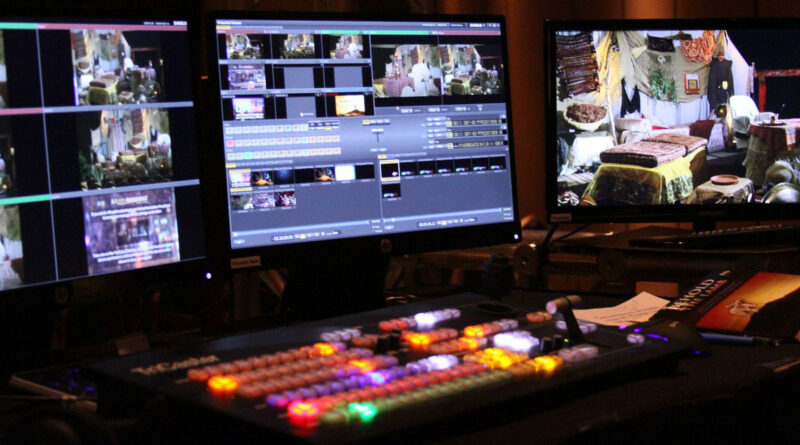Videos are powerful tools for communicating your message and engaging with your audience. To ensure that your videos stand out and make a lasting impression, it is important to master the editing process.
We’ve all seen videos that are just okay. They’re not extraordinary, but not terrible either. So what can make a video move from just okay to really good? Editing! Editing can mean the difference between an amateur video and a professional one.
Whether you’re creating content for social media, YouTube, or any other platform, editing is key to making sure your videos look and feel professional. In this blog post, we will discuss some tips for small business video production and achieving professional-looking results.
Start With a Clear Vision

source: pinterest.com
Before you begin editing, it is important to have a clear vision of what you want your final product to look like.
Having a plan for the type of shots you want to include in the video, as well as the overall style of the video, will help you stay focused during the editing process and prevent any unnecessary changes or revisions further down the line.
Trim the Footage
Once you have shot all of your footage, it’s time to start trimming! Depending on how much footage you have recorded, this part of the process can be quite daunting. However, taking the time to carefully review each individual clip will ensure that only the best takes are included in your final video.
Reviewing all of your footage also allows you to spot any potential problems and address them before they become too difficult to fix later on.
Record Only Good Audio
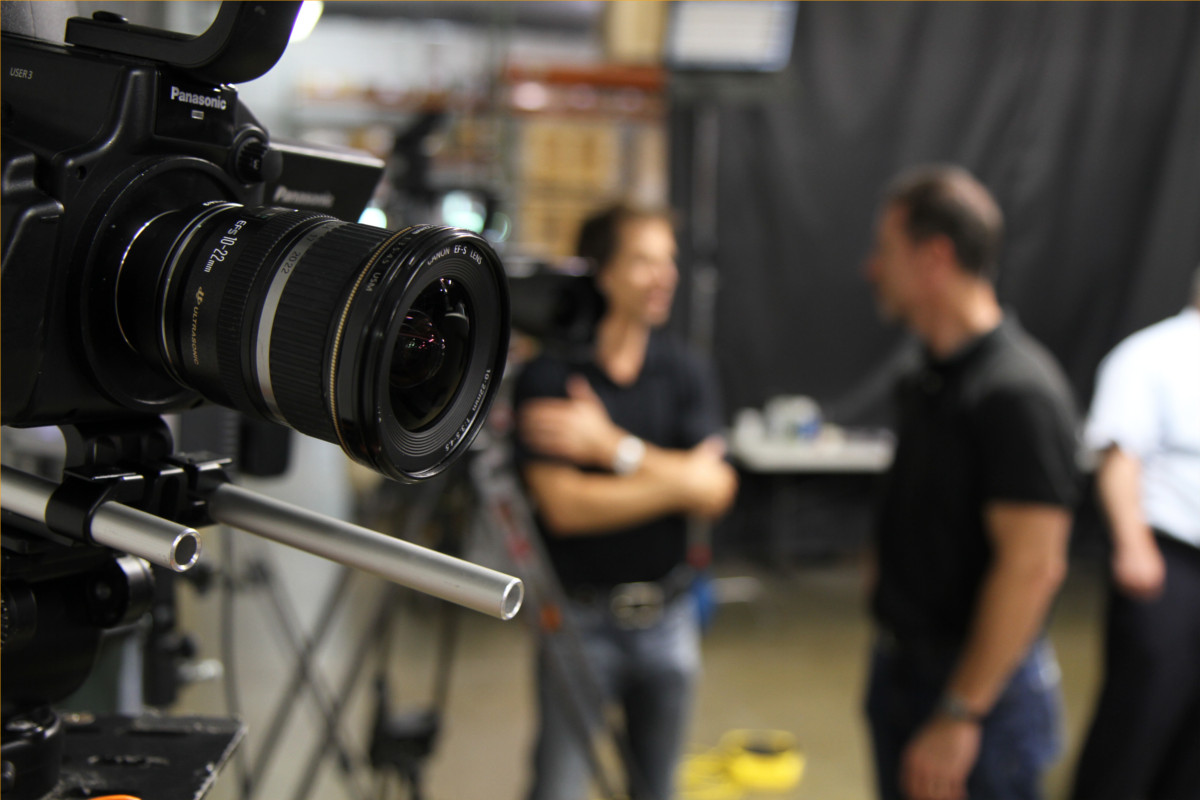
source: pinterest.com
Audio quality is just as important as visual quality when it comes to creating professional-looking videos. Poor audio quality can easily distract viewers from what’s going on in the video itself. You want to make sure that any audio recordings that you use are high-quality recordings from reliable sources.
You should also consider investing in good microphones if possible; even small investments can make a big difference in terms of sound quality!
Add Transitions
Transitions are the perfect way to help visually communicate that you’re moving from one scene or thought to another. They can be subtle and seamless or more obvious depending on the emotion you want to convey in the video.
Common transitions include wipes, dissolves, and fades, but there are many more out there that you can experiment with. Adding text over your transition can also be great for introducing new topics in a creative way!
Use Music to Enhance the Scene
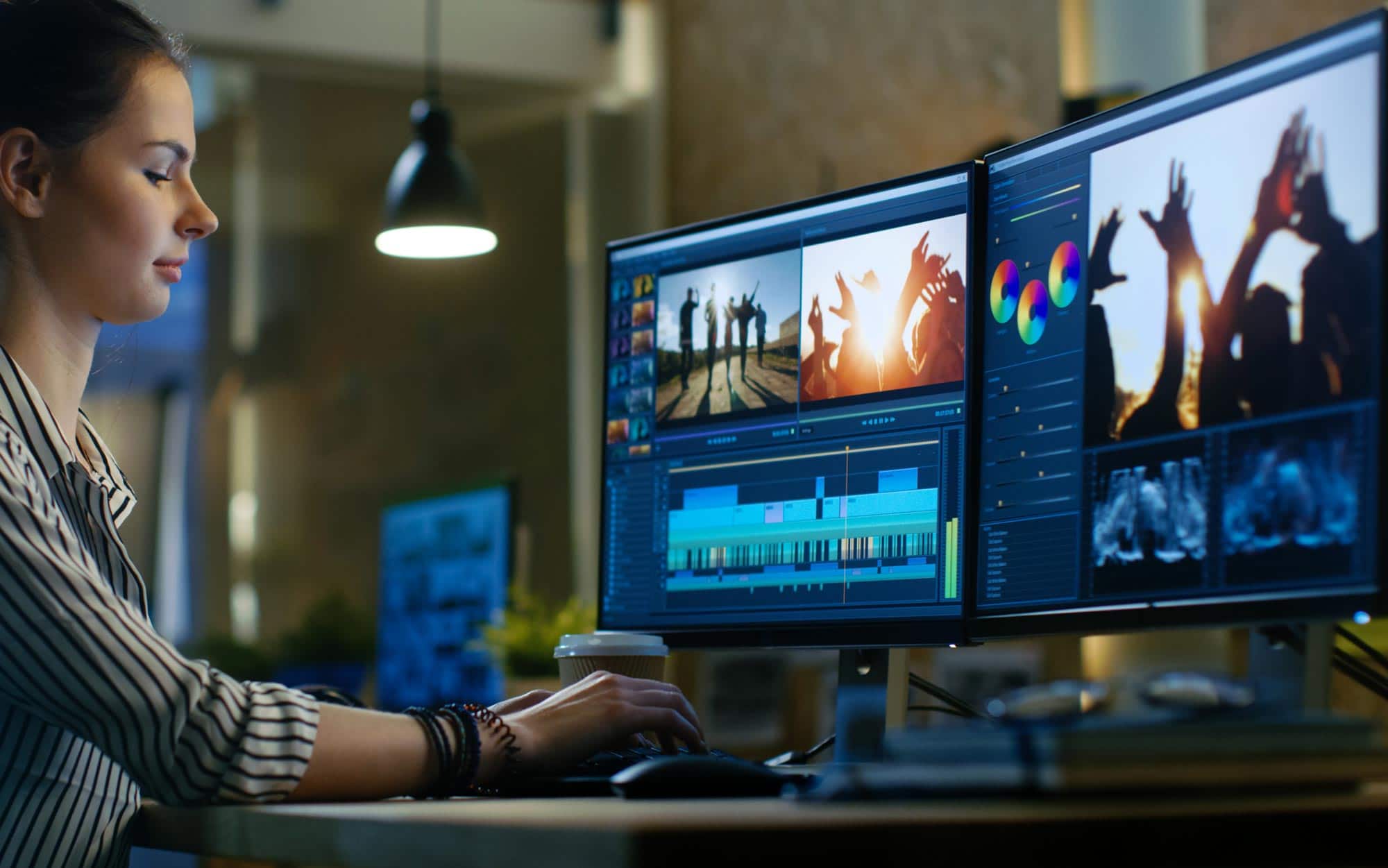
source: pinterest.com
Using music correctly is a great way to add an extra layer of emotion into your videos. It can also provide continuity throughout your piece as well as give it energy when needed. There are plenty of stock music libraries online where you can find royalty-free tracks that will fit whatever type of vibe you’re going for in your video production.
Just remember, if you plan to upload your finished product online, you need to make sure all music used is cleared for commercial use ahead of time. Otherwise, your video will likely be pulled from the platform.
Cut Out Dead Space
Nobody likes watching a video that feels like it takes forever to get through – so don’t make them! One important part of effective editing is cutting out any dead space between transitions or scenes.
This means cutting out any pauses in dialogue or unnecessary shots/scenes that don’t add anything valuable to the story being told in your video production. Doing so will help avoid any viewer boredom and keep them engaged throughout the entire piece.
Color Correct Your Video
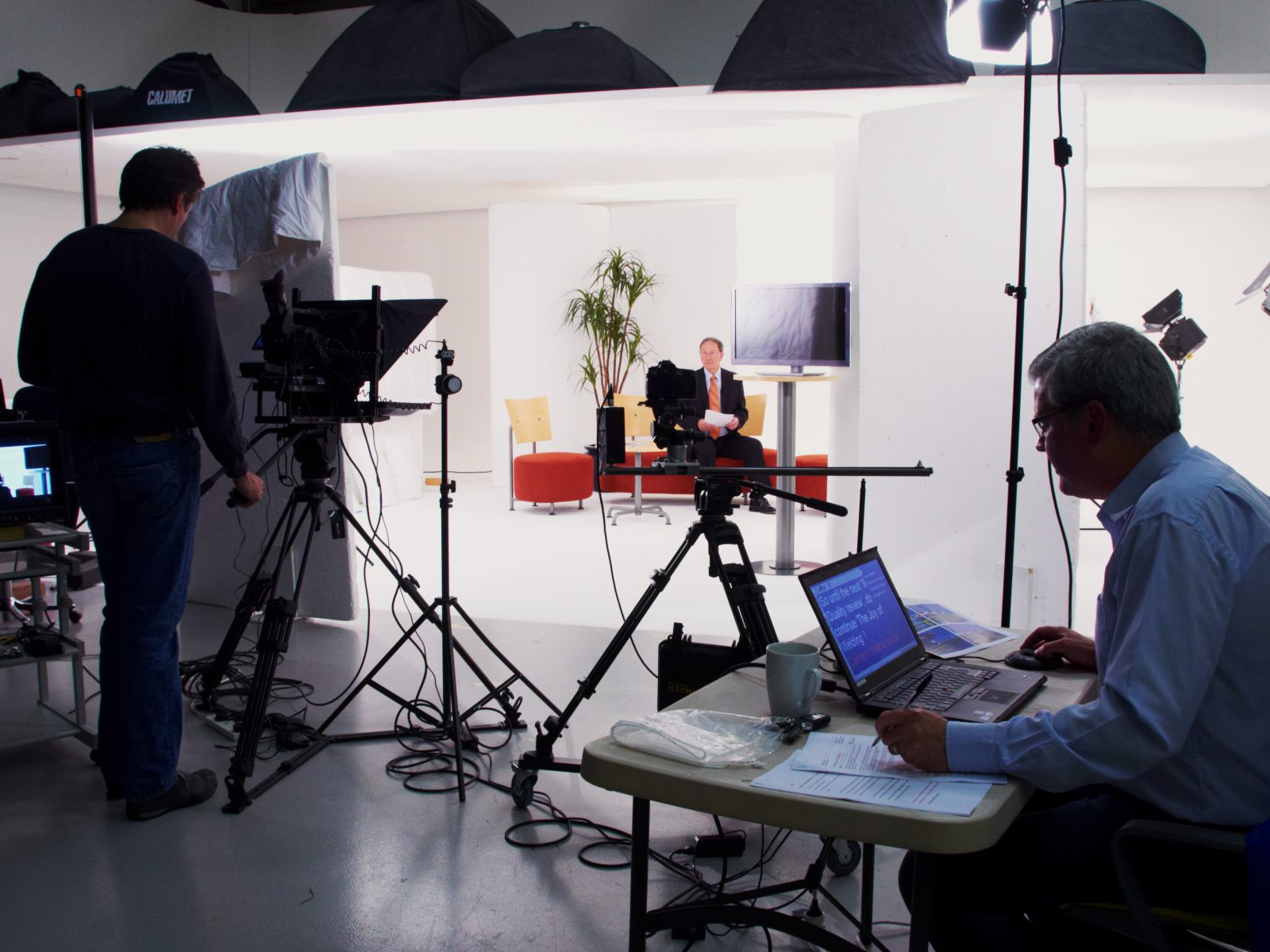
source: pinterest.com
The right color scheme can make or break a video. It’s important to take the time to color-correct your video, so it looks its best.
Color correction involves adjusting hue, saturation, contrast, and other variables to give your footage a consistent look throughout. This is especially important when you’re working with multiple sources of footage from different cameras or devices.
Use Sound Effects Strategically
Sound effects are a great way to enhance the mood and emotion of your videos.
When used correctly, they can add depth and emphasize key points in your story without being too intrusive or distracting from the main point you want to make. Just be sure not to overdo it; too many sound effects can get overwhelming quickly.
Utilize Visual Effects
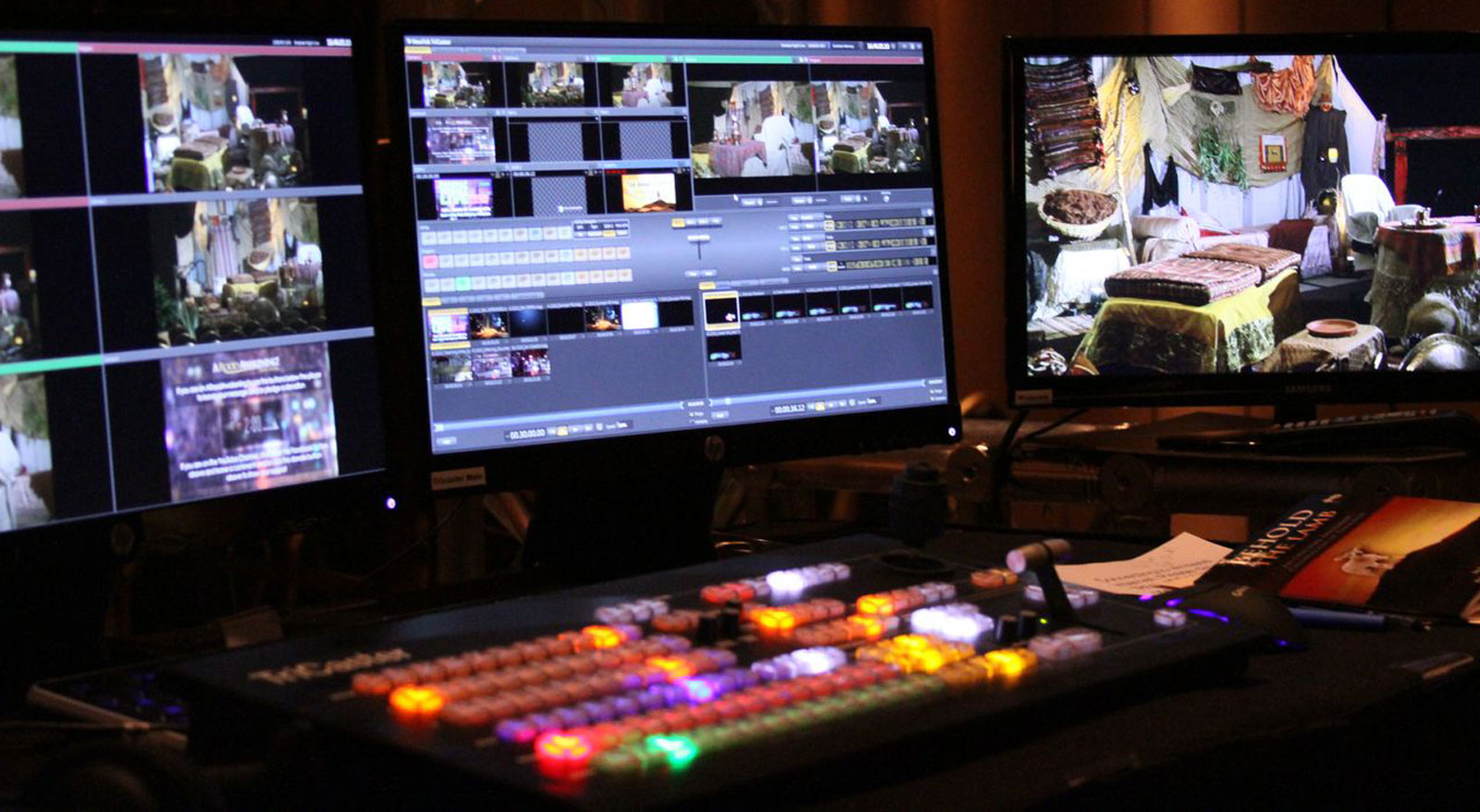
source: pinterest.com
Visual effects are an excellent tool for adding flair and visual interest to your videos without having to shoot additional footage or hire actors. From green screen technology to motion graphics, there are countless ways you can use visual effects in post-production for added impact.
Just remember that, as is the case with sound effects, less is often more. Don’t go overboard with special effects, as they may end up detracting from the overall effect rather than enhancing it.
Double Check Everything and Fine Tune As Needed
Before you publicly share a video, it’s important to make sure that nothing was missed when you were finishing the editing process. Go through everything with a ‘fine toothed comb’. Make adjustments and fine-tuning as necessary.
Look into each and every detail, ensuring that everything looks and sounds perfect before pushing it out.
Final Thoughts
Polishing your videos requires careful attention to detail at every step of production – from pre-production planning through post-production editing and mastering – but the end result is definitely worth it.
By following these tips for mastering the editing process, you can create high-quality videos that will be sure to impress both current and potential customers alike.
Whether you’re creating tutorial videos or promotional content, taking time to perfect every last detail will pay off in spades when it comes time for viewers to watch and engage with your work.

